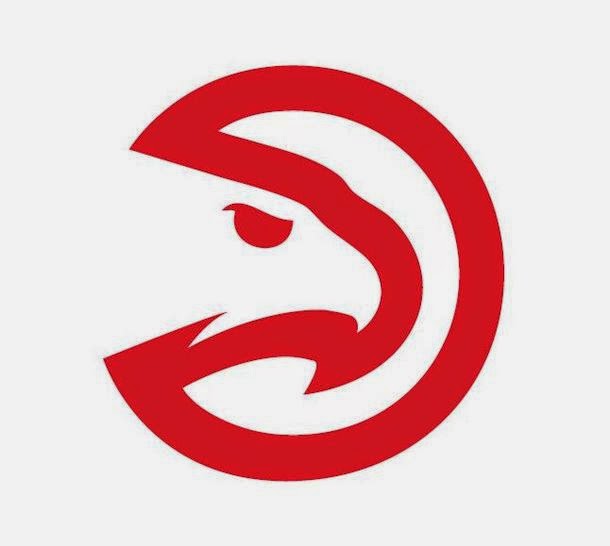The numbers are too big. It wouldn’t be such an issue if the font wasn’t so unattractively funky and the colours weren’t so flashy, which combine for a sci-fi look. The jersey front in particular is overwhelmed by the numbers. White numbers on the road and alternate unis would’ve quietened them down.
 |
| The Hornets' new home uniform |
The numbers are too big. It wouldn’t be such an issue if the font wasn’t so unattractively funky and the colours weren’t so flashy, which combine for a sci-fi look. The jersey front in particular is overwhelmed by the numbers. White numbers on the road and alternate unis would’ve quietened them down.
The clean right side is a good look and the striping on
the left is ok. To say the asymmetry “makes the uniform unique” is a stretch
though.
The waistband logo is acceptable but unnecessary. There
are three different non-primary logos on the three uniforms combined, which is
excessive. The word mark on the shorts is unsightly and takes away from the
simplicity of the right side.
The collars are the strength of the uniforms, with the stripe
making them particularly sharp. They’re bold, but not excessively so. The
overlap style is similar to that on the original Hornets uniforms, which is a
link to the past that doesn’t seem forced.
Designating the teal uniform as the alternate is a
concern. The Hornets noted they can wear it “a total of 16-20 times per season,
whether at home or on the road”, which suggests excessive use of the alternate
is imminent. Being able to wear the popular teal at home more often is a
logical argument in support of this move, but ultimately seems like a stretch.
It’s not as though a teal uniform is any less legitimate if only worn on the
road, or that there won’t be plenty of teal on display at home games without
teal uniforms.
These new uniforms came out the way the new logos and
word marks, which were released late last year, suggested they would – too
charmless, but adequate overall. They are, it’s worth noting, superior to what
the Bobcats wore in 2013-14.





